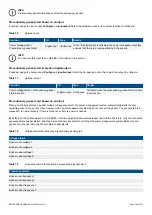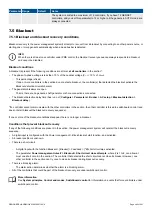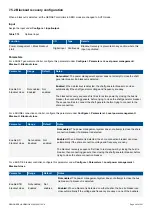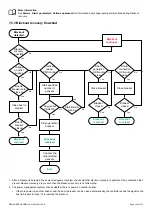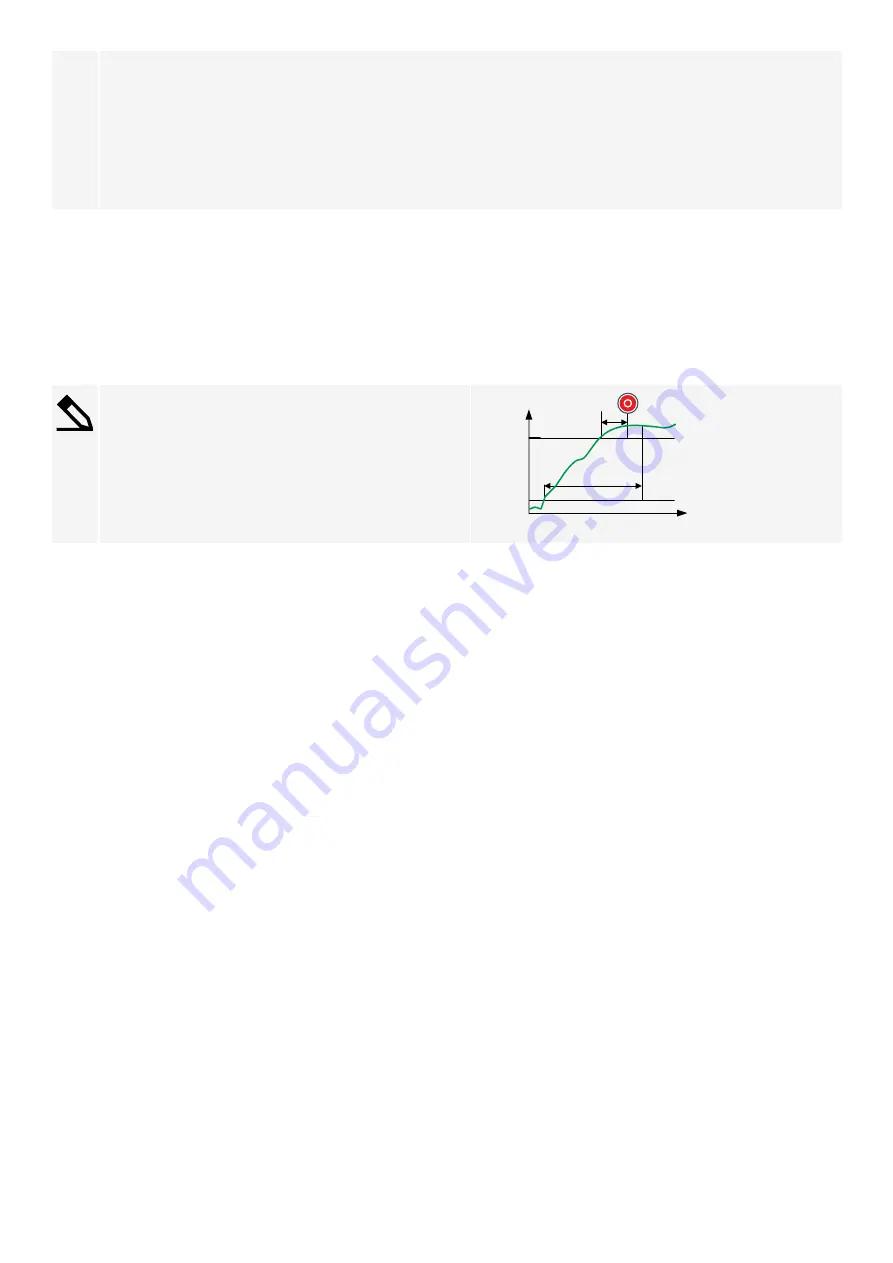
Example 1
: Gensets A, B and C are running. For the load percentage calculation, the total nominal power connected if
genset C was stopped is Genset A nominal power + Genset B nominal power = 1500 kW.
The load percentage is 700 kW / 1500 kW = 0.47 = 47 %. If the load percentage remains below the
Load limit
for the
Delay
time, the PMS stops genset C.
Example 2
: Only gensets A and B are running. For the load percentage calculation, the total nominal power connected if
Genset B was stopped is Genset A nominal power = 1000 kW. The load percentage is 700 kW / 1000 kW = 0.7 = 70 %.
The PMS does not stop genset B.
Two sets of load-dependent stop parameters
You can use both sets of load-dependent stop parameters:
•
Configure one parameter set for high available power, with a long timer setting.
◦
The timer period helps to ensure that the genset stop really is needed.
•
Configure the other parameter set with a low timer setting for very high available power.
◦
This ensures that the PMS responds quickly to a very high available power.
Two sets of stop parameters example
The graph shows available power and time, with two sets of
stop parameters. In this example, Limit 2 is exceeded for
Timer 2, and so the PMS stops a genset.
Limit 2
Available
power
time
Limit 1
t1
t2
Conditions that block load-dependent stops
The following can block load-dependent stops in the section:
•
The load-dependent stop will mean that the minimum number of gensets are not running
◦
See
Configure > Parameters > Power management rules > Configuration # > Number of gensets connected >
Minimum
•
A heavy consumer is active, and
Block stop when active
is enabled.
◦
See
Configure > Parameters > Power management rules > Configuration # > Load dependent start/stop > Heavy
consumer > Block stop when active
•
The digital input function
Block load dependent stop
is assigned, and the digital input is activated.
◦
See
Configure > Input/output > Power management > Block load-dependent stop
DESIGNER'S HANDBOOK 4189340911K UK
Page 233 of 521






















